- No products in the cart.
P Biosulin injection 100ed / ml 10ml vial
$13.43
P Biosulin injection 100ed / ml 10ml vial
Description
Composition
Active substance:
1 ml of solution contains: human insulin genetically engineered – 100 IU ;.
Excipients:
M-cresol, glycerol, water for injection.
For pH adjustment using 10% sodium hydroxide or 10% hydrochloric acid solution.
Description:
Colorless or almost colorless, clear or almost clear liquid.
Product form:
Injection of 100 IU / ml.
5 ml or 10 ml vial of colorless neutral glass, a sealed cap combined.
3 ml of a cartridge from a neutral colorless glass, a sealed cap combined, for use with a syringe or pen BiomatikPen® Biosulin® Pen.
1 vial of 5 ml or 10 ml into the package together with instructions for use. 2,3 or 5 vials of 5 ml or 10 ml in blisters.
1, 3 or 5 cartridges in blisters.
1 with contour packaging vials or cartridges in the pack, together with instructions for use.
Contraindications
Increased individual’s sensitivity to insulin, or any of the components of the drug
Hypoglycemia.
Indications
Diabetes
Emergencies in patients with diabetes accompanied by decompensation of carbohydrate metabolism.
Interaction with other drugs
There are a number of drugs that affect the need for insulin.
Hypoglycemic effect of insulin enhance oral hypoglycemic agents, monoamine oxidase inhibitors, angiotensin converting enzyme inhibitors, carbonic anhydrase inhibitors, selective beta-blockers, bromocriptine, octreotide, sulfonamides, anabolic steroids, tetracyclines, clofibrate, ketoconazole, mebendazole, pyridoxine, theophylline, cyclophosphamide, fenfluramine, lithium preparations , formulations containing ethanol. Hypoglycemic effect of insulin impaired oral contraceptives, steroids, thyroid hormones, thiazide diuretics, heparin, tricyclic antidepressants, sympathomimetics, danazol, clonidine, calcium channel blockers, diazoxide, morphine, phenytoin, nicotine. Under the influence of reserpine and salicylates may as weakening or strengthening of the drug.
Overdose
In case of overdose may develop hypoglycaemia.
Treatment: mild hypoglycaemia the patient can remove himself, taking into sugar or carbohydrate-rich foods. Therefore, patients with diabetes should always carry sugar, sweets, biscuits or sugary fruit juice.
In severe cases, loss of consciousness of the patient, administered intravenously 40% dextrose solution; intramuscularly, subcutaneously, intravenously – glucagon. After recovery of consciousness patient is recommended to take food rich in carbohydrates, to prevent recurrence of hypoglycemia.
pharmachologic effect
Pharmacological group:
Hypoglycemic agent, a short-acting insulin.
Pharmacodynamics:
Biosulin® P – human insulin produced using recombinant DNA technology. Is the drug of short-acting insulin. Interacts with a specific receptor cytoplasmic outer cell membrane to form insulin-receptor complex stimulates intracellular processes, in m. H. Synthesis of some key enzymes (hexokinase, pyruvate kinase, glycogen and others.). Decreasing the amount of glucose in the blood due to an increase of intracellular transport, absorption and assimilation tissue enhancement, stimulation of lipogenesis, glikogenogeneza decreased hepatic glucose rate and other products.
The duration of action of insulin preparations is mainly due to absorption rate, which depends on several factors (e.g., dose, method and place of introduction), in connection with which the action of insulin profile is subject to considerable variations as different people, and at one and the same person.
Avatar action after subcutaneous injection (approximate figures): onset of action after 30 minutes, the maximum effect – in the range between 2 and 4 hours duration of action – 6-8 hours.
Pharmacokinetics:
Suction Weight and beginning of the effect of insulin is dependent on the route of administration (subcutaneous, intramuscular) injection site (abdomen, thigh, buttocks), the dose (amount of insulin), insulin concentration in the product, etc. is distributed to tissues unevenly. penetrates the placental barrier and in breast milk. Insulinase destroyed mainly in the liver and kidneys. The half-life of a few minutes. Excreted by the kidneys (30-80%).
Conditions of supply of pharmacies
On prescription.
side effects
Conditional influence on carbohydrate metabolism: hypoglycemic condition (pale skin, sweating, palpitations, tremors, hunger, agitation, paresthesia in the mouth, headache). Severe hypoglycemia may lead to the development of hypoglycemic coma.
Allergic reactions: seldom – skin rash, angioedema, very rarely – anaphylactic shock.
Local reactions: redness, swelling and itching at the injection site, with prolonged use – lipodystrophy at the injection site.
Others – edema, transient disturbances of refraction (usually at the beginning of therapy).
special instructions
You can not use F Biosulin® if it becomes cloudy, colored, or if solid particles are detected.
Against the background of insulin therapy requires constant monitoring of blood glucose levels.
The causes of hypoglycemia than insulin overdose can be: replacement drug, skipping meals, vomiting, diarrhea, increased physical activity, diseases, reducing the need for insulin (human liver and kidneys, hypofunction of the adrenal cortex, pituitary, or thyroid), places change injections, as well as interaction with other drugs.
Incorrect dosing or breaks in the introduction of insulin, particularly in patients with type 1 diabetes, may lead to hyperglycaemia. Usually the first symptoms of hyperglycaemia develop gradually over a few hours or days. These include the emergence of thirst, increased urination, nausea, vomiting, dizziness, redness and dryness of the skin, dry mouth, loss of appetite, the smell of acetone in exhaled air. If left untreated, hyperglycemia in diabetes mellitus type 1 can lead to life-threatening diabetic ketoacidosis.
Insulin dose should be corrected with thyroid disorders, Addison’s disease, hypopituitarism, abnormal liver and kidney function and diabetes in individuals older than 65 years.
Correction of the dose of insulin may also be required if the patient increases the intensity of physical activity or change their habitual diet.
Concomitant illness, especially infections and conditions accompanied by fever, increase the need for insulin.
The transition from one type of insulin to another should be under the control of blood glucose levels.
The drug reduces the tolerance to alcohol.
In connection with the possibility of precipitation of some catheters it is not recommended to use the drug in insulin pumps.
Effects on ability to drive vehicles and management mechanisms
In connection with the primary purpose of insulin, changing its appearance or the presence of significant physical or mental stress, may reduce the ability to drive a car or to the management of a variety of mechanisms, as well as studies in other potentially hazardous activities that require attention and speed of mental and motor responses.
Storage conditions
In the dark place at a temperature of from 2 ° C to 8 ° C. Do not freeze.
As used vial stored at a temperature of from 15 ° C to 25 ° C for 6 weeks. As used cartridge is stored at a temperature of from 15 ° C to 25 ° C for 4 weeks.
Keep out of the reach of children.
Dosing and Administration
Biosulin® P for intravenous, intramuscular and subcutaneous administration.
The dose and route of administration determined by the physician individually in each case based on the blood glucose level.
On average, the daily dose ranges from 0.5 to 1 IU / kg body weight (depending on the individual patient and blood glucose level).
The drug is administered 30 minutes prior to a meal or snack containing carbohydrates.
Low insulin must correspond room.
In monotherapy dose frequency of 3 times a day (if necessary – 5-6 times a day). At a daily dose greater than 0.6 IU / kg should be administered in the form of 2 or more injections into different areas of the body.
F Biosulin® usually injected subcutaneously into the anterior abdominal wall. Injections can be done also in the thigh, buttock or the deltoid muscles of the shoulder region. It is necessary to change the injection sites within the anatomical region to prevent the development of lipodystrophy.
Intramuscular and intravenous Biosulin® P can be administered only under medical supervision.
Biosulin® P – and short-acting insulin is typically used in combination with insulin average duration (Biosulin® H).
Information
Appearance may differ from that depicted in the picture. There are contraindications. You need to read the manual or consult with a specialist
Additional information
| Weight | 0.100 kg |
|---|---|
| Manufacturer | Pharmstandard |

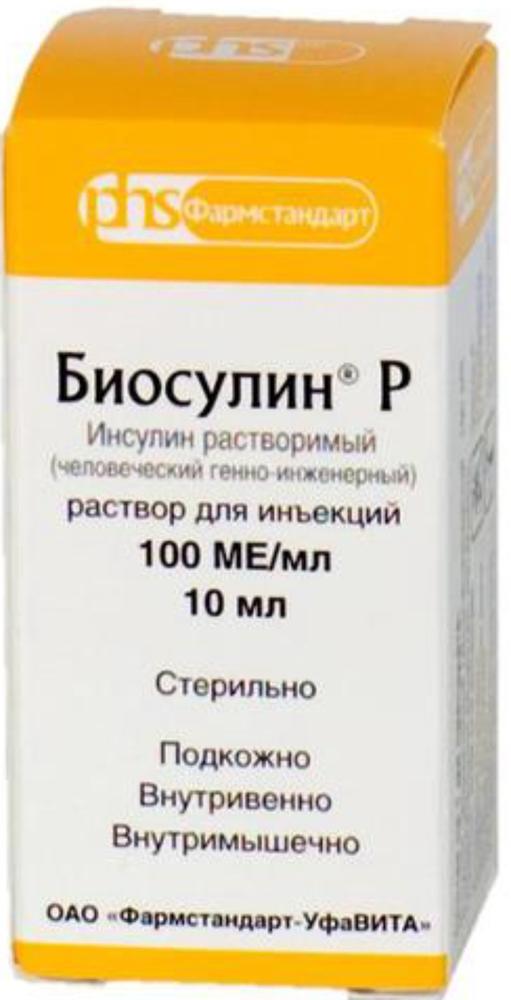
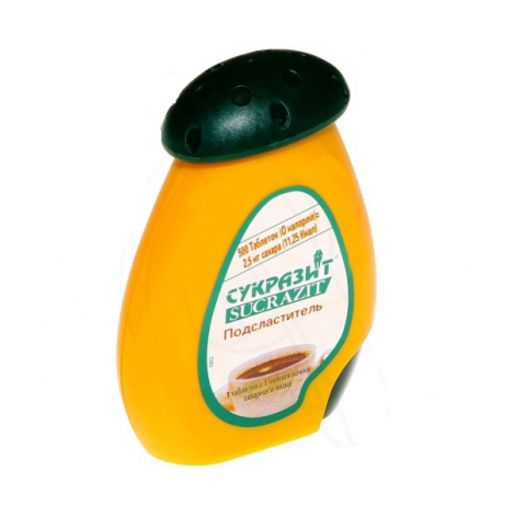
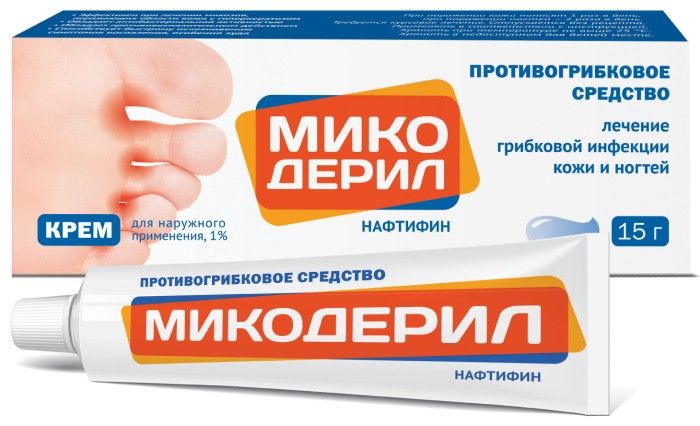

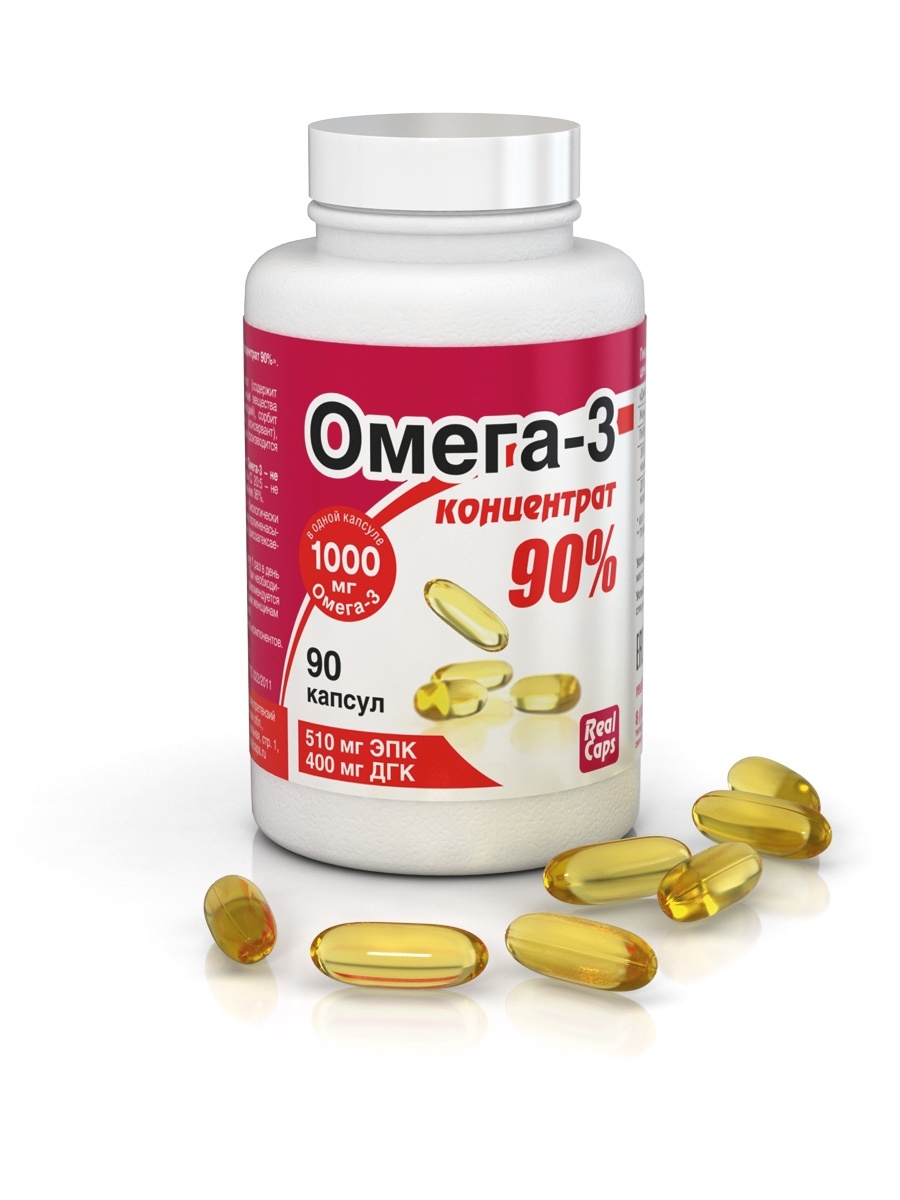

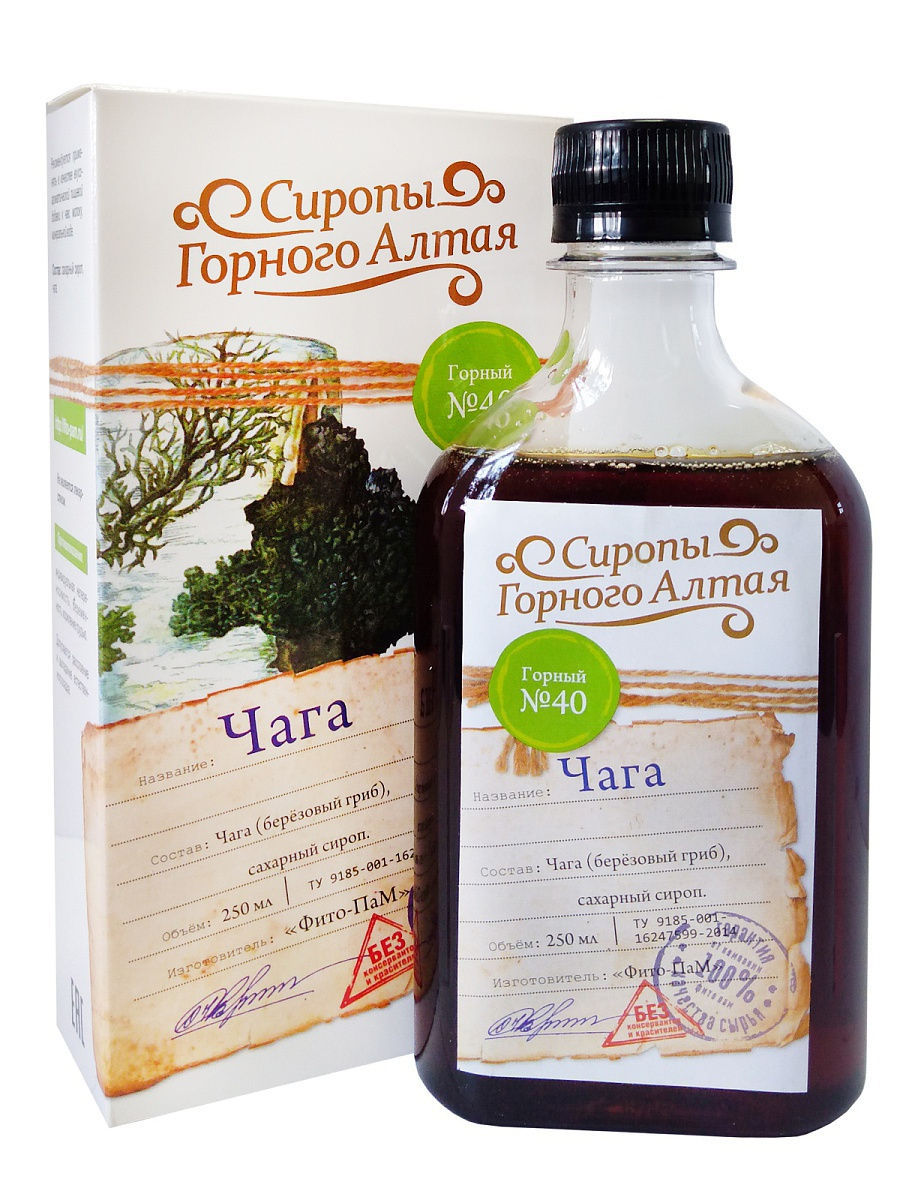

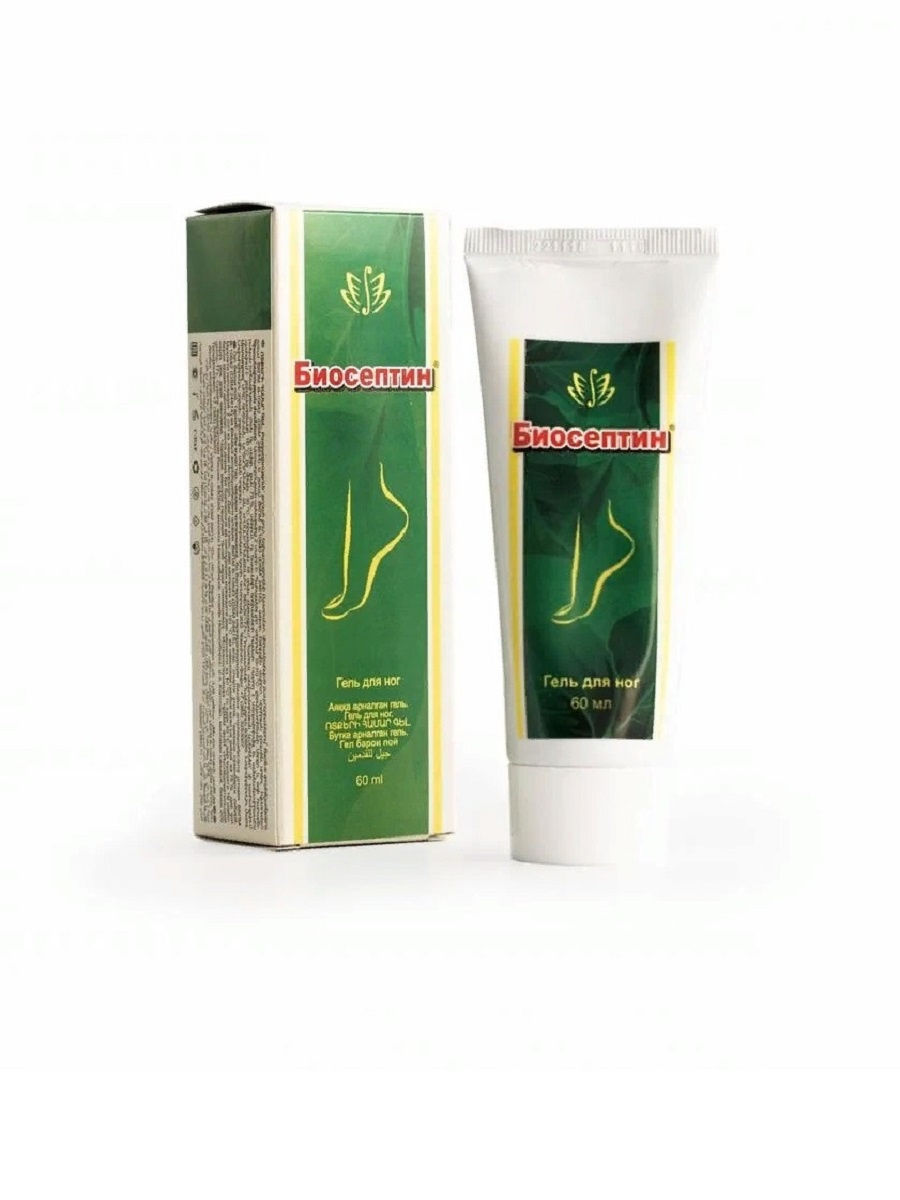




There are no reviews yet.